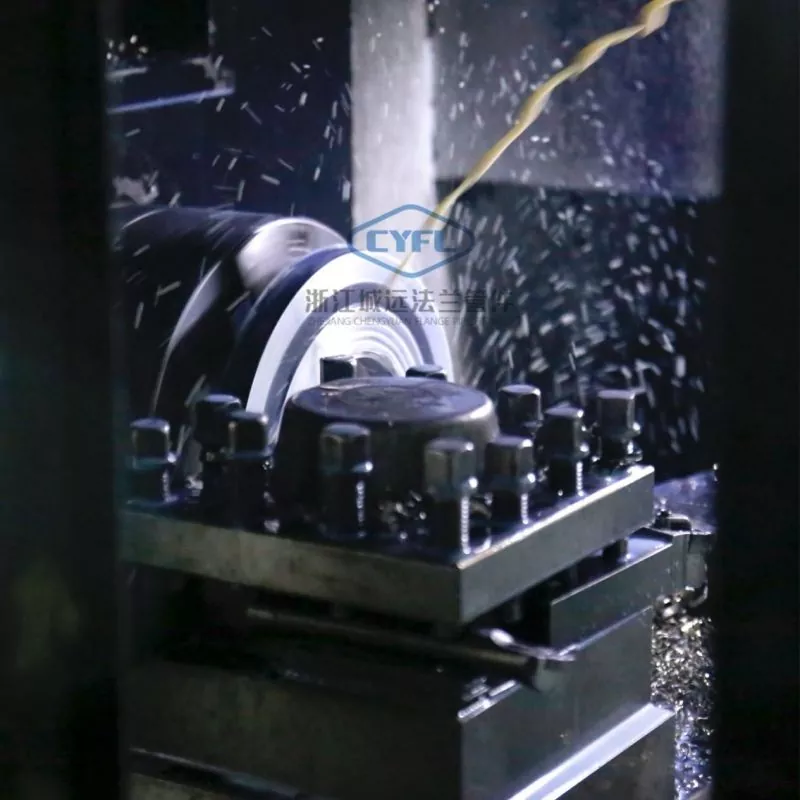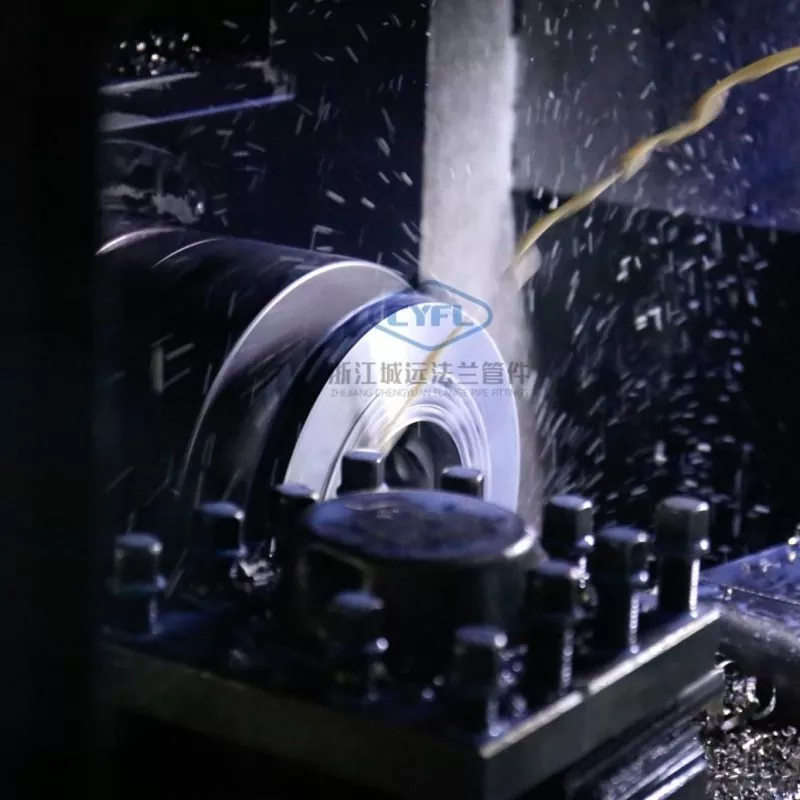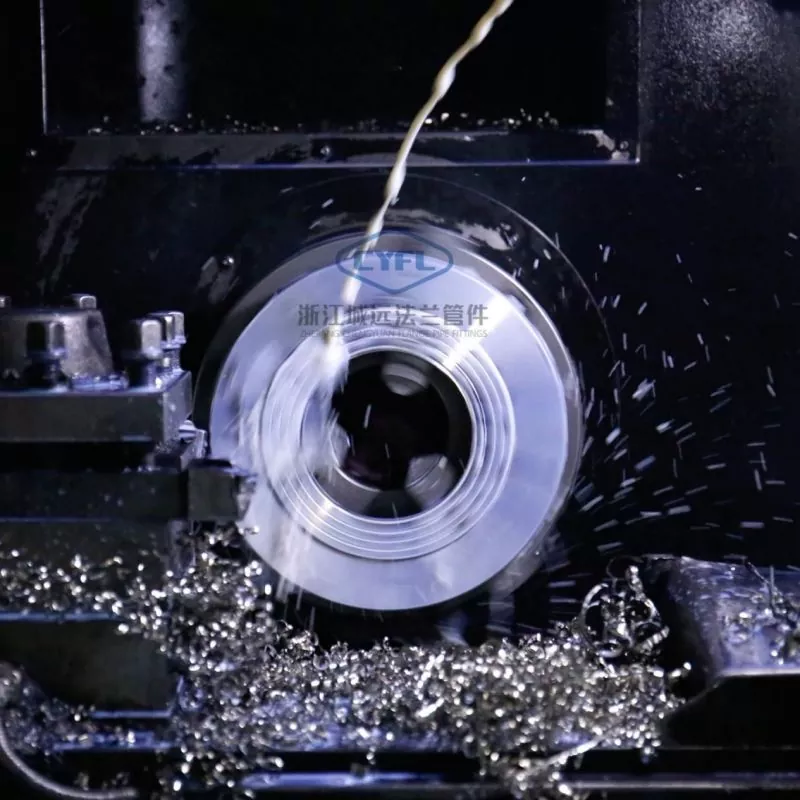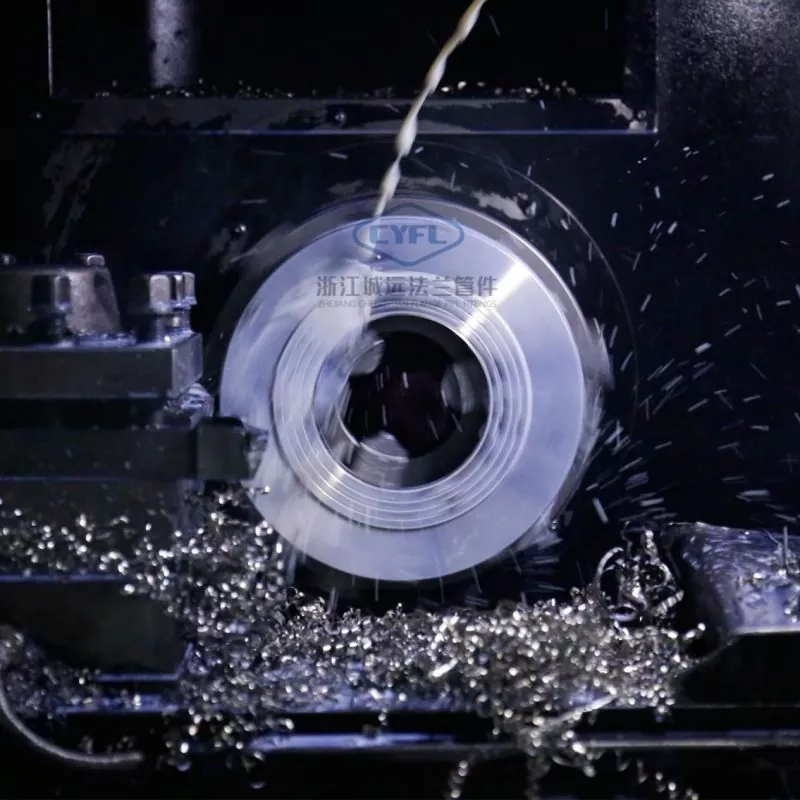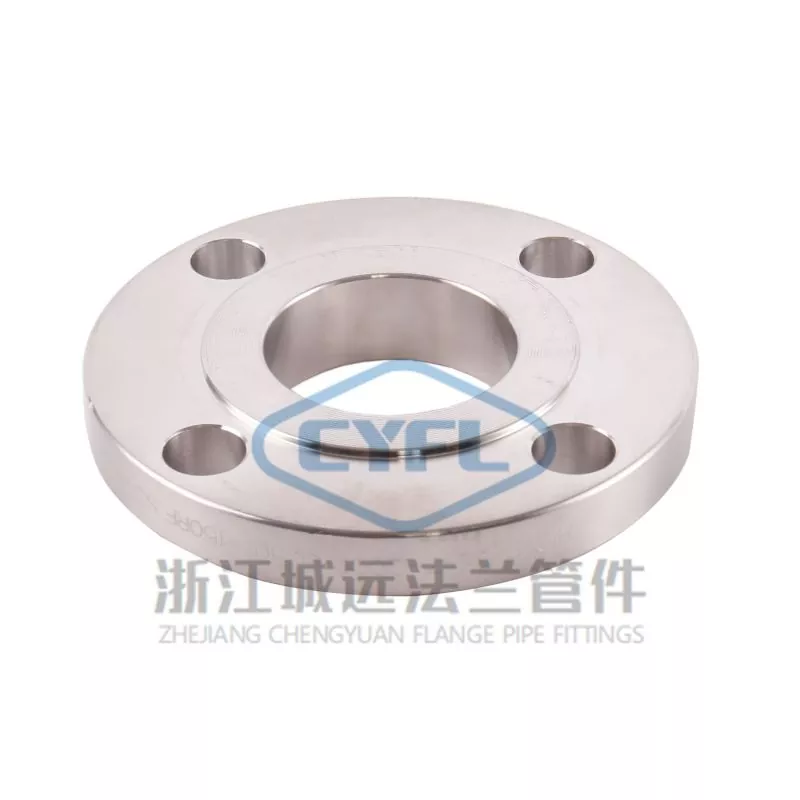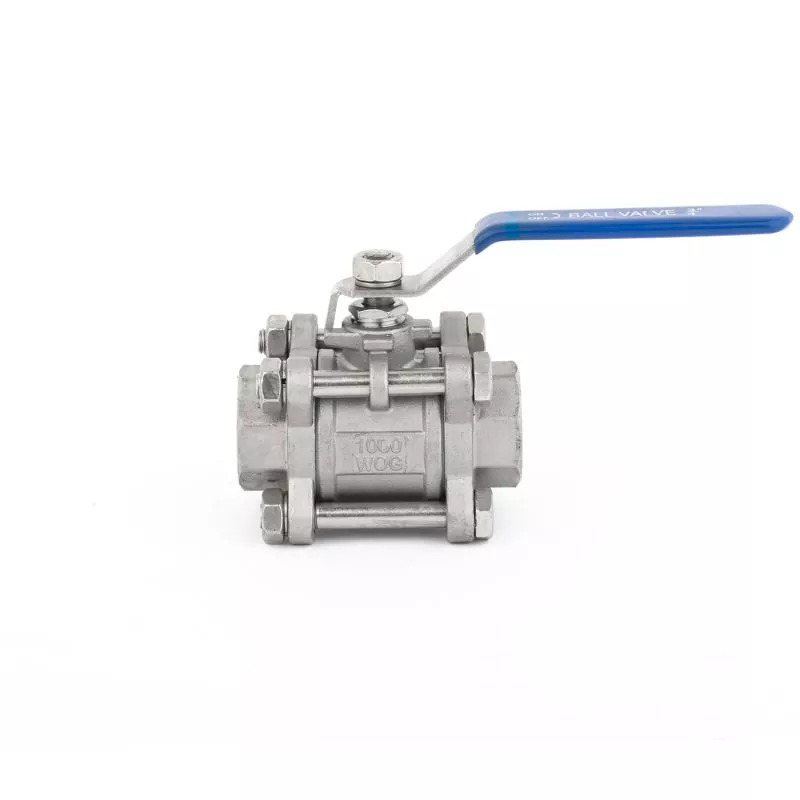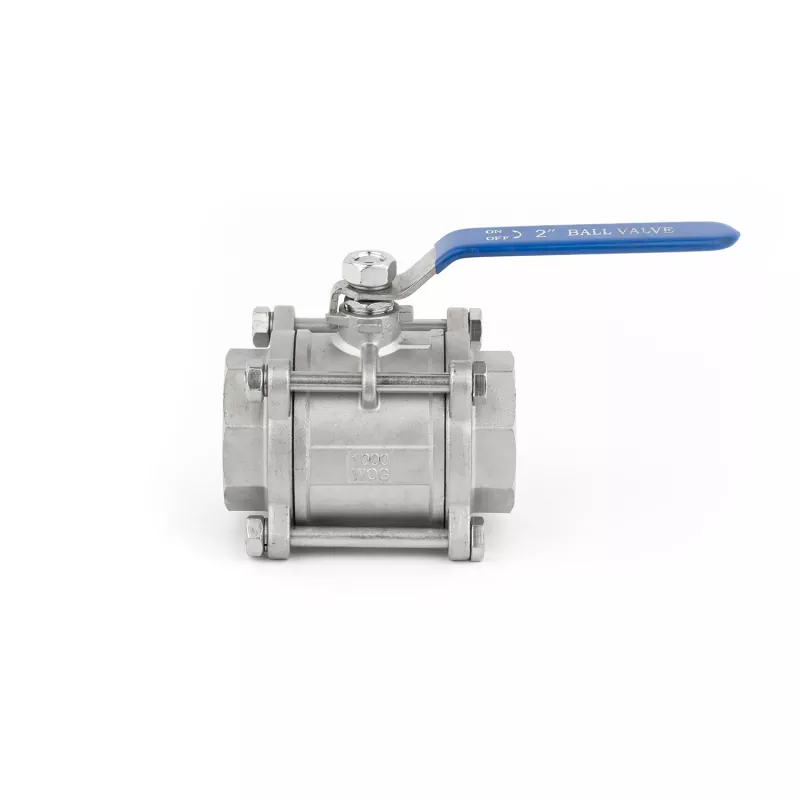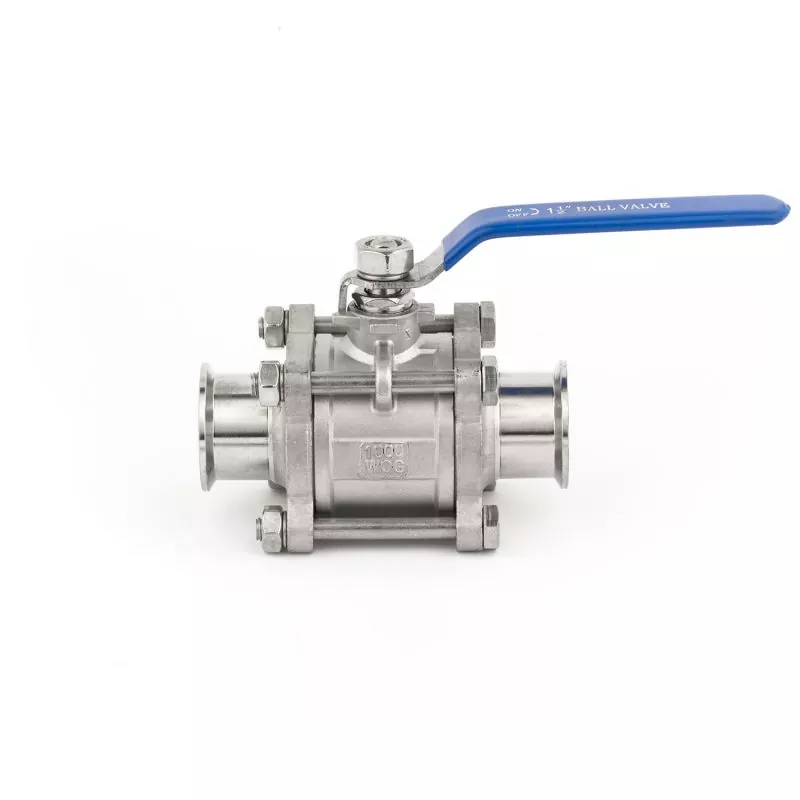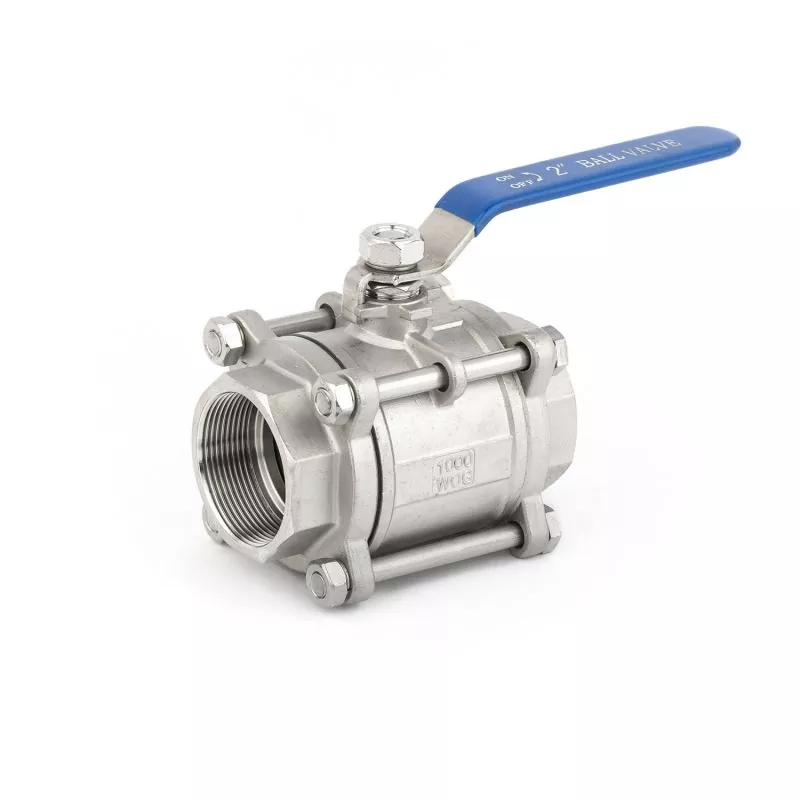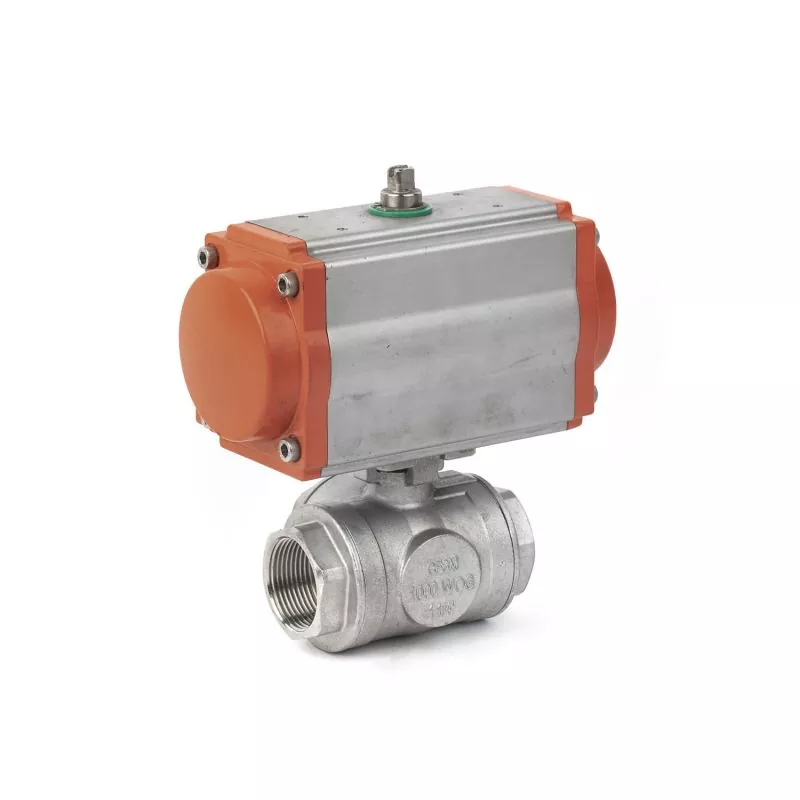- English
- Español
- Português
- русский
- Français
- 日本語
- Deutsch
- tiếng Việt
- Italiano
- Nederlands
- ภาษาไทย
- Polski
- 한국어
- Svenska
- magyar
- Malay
- বাংলা ভাষার
- Dansk
- Suomi
- हिन्दी
- Pilipino
- Türkçe
- Gaeilge
- العربية
- Indonesia
- Norsk
- تمل
- český
- ελληνικά
- український
- Javanese
- فارسی
- தமிழ்
- తెలుగు
- नेपाली
- Burmese
- български
- ລາວ
- Latine
- Қазақша
- Euskal
- Azərbaycan
- Slovenský jazyk
- Македонски
- Lietuvos
- Eesti Keel
- Română
- Slovenski
- मराठी
- Srpski језик
One Piece Ball Valve
Zhejiang Chengyuan is a leading manufacturer, supplier, and exporter of one piece ball valve structures in China, dedicated to producing high-quality products that exceed the highest standards of excellence. Our customers have consistently been satisfied with our exceptional designs, quality raw materials, outstanding performance, and competitive pricing。We take pride in ensuring that our customers' needs are met through our superior after-sales service, prioritizing their satisfaction with our products. If you're interested in our one-piece ball valve structure services, please don't hesitate to contact us today. We're always ready to respond promptly to your inquiries and provide you with the best solutions for your needs.
Send Inquiry
Zhejiang Chengyuan one piece ball valve structure Introduction
The term "one piece ball valve structure" refers to a type of ball valve that has a unified valve body and valve core. Unlike multi-segment structured ball valves, this design is simple, compact, and lightweight. It is commonly used for pipeline switching and flow control applications and is extensively utilized in various industries, including petroleum, chemical, natural gas, and water treatment.
Zhejiang Chengyuan one piece ball valve structure Parameter (Specification)
|
1,Product name |
1PC Full Port Stainless Steel Thread Ball Valve 2000wog Floating |
|
2,Size ranging |
1/4"-4" |
|
3,Materials |
SS304, SS316,CF8M,CF8,WCB |
|
4,Casting |
Investment |
|
5,Working pressure |
1000psi, PN63 |
|
6,Applicable temperature |
-20-210 degree C |
Zhejiang Chengyuan one piece ball valve structure Feature And Application
The ball in a ball valve is designed to be elastic and is usually made of a metal material. The sealing ring between the ball and valve seat is also made of metal, and can withstand high pressures. However, in some cases, an external force may be necessary to achieve a proper seal, particularly for V-type ball valves that are designed for high temperature and high pressure media.
To ensure a proper seal in an elastic sphere, a groove is typically carved into the lower end of the inner wall of the sphere to provide the necessary elasticity. When the channel needs to be closed, the wedge head of the stem is used to expand the ball and press it against the seat, creating a seal. To reopen the channel, the wedge head is loosened, allowing the ball to return to its original shape. This creates a small gap between the ball and seat, which reduces friction and operating torque on the sealing face.
Zhejiang Chengyuan one piece ball valve structure Details

Zhejiang Chengyuan one piece ball valve structure PROCESS flow

